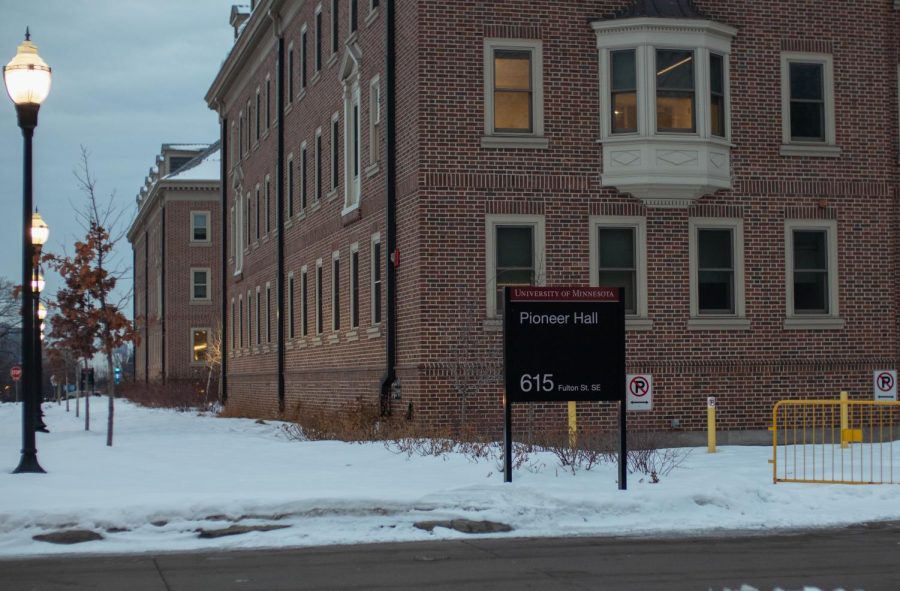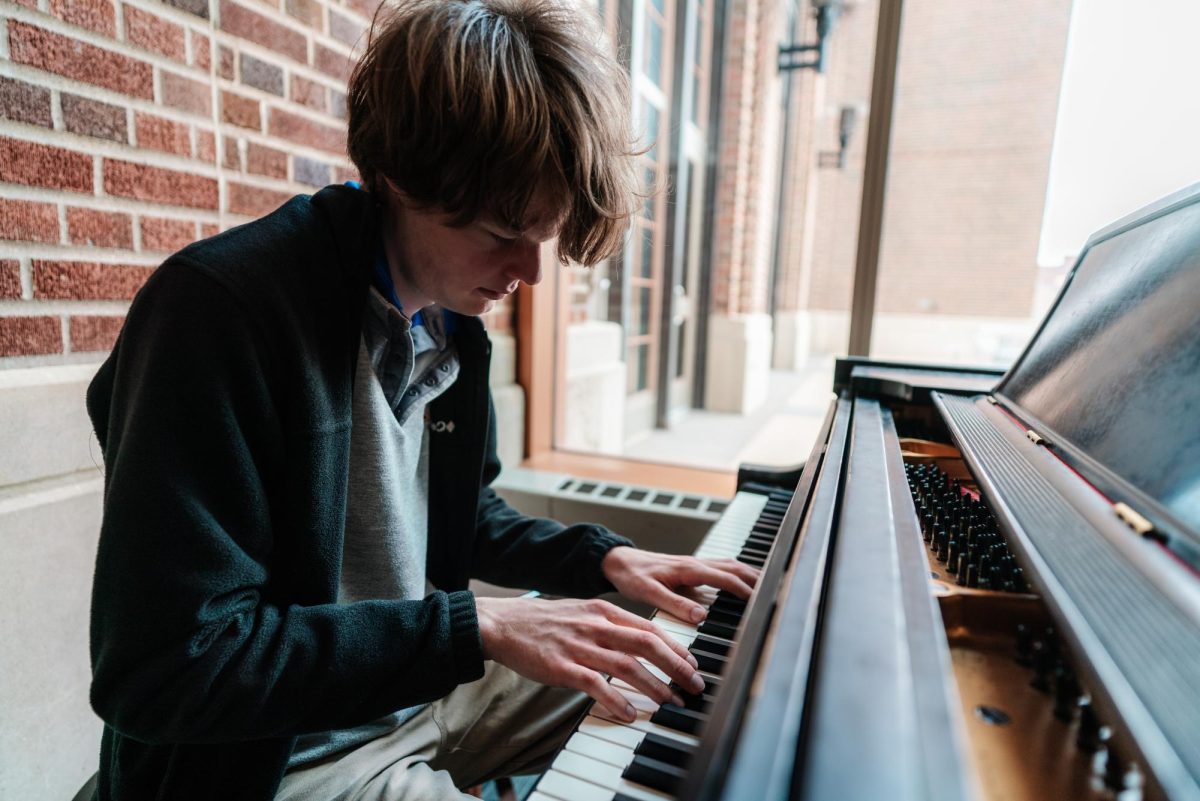It was made apparent during recent discussions about renovating Coffman Union that $37.5 million means a lot to University students. But reasons for spending this much money were validated with the project’s approval, and next winter the year-and-a-half-long undertaking will begin.
In a building for the students and funded by the students, Coffman officials expect the building of the future to be filled with student-orientated spaces. Among other things, more meeting rooms, lounging areas and study spaces will be added.
But last month a suggestion by University officials put forth an idea that would make the student union less about students and more about administration. At the Board of Regents’ February meeting, former Regent Tom Reagan mentioned improving upon University President Mark Yudof’s office space and moving it to Coffman.
If improving means buffing up, what better space to house the president and his staff than shiny, new Coffman? But in a building created specifically for students, what is the price to be paid?
Easy access
Although no decisions have been made about moving offices for the president and his staff, and conversation has been theoretical, a main motivation behind the move would be to improve students’ access to the president.
Nikki Kubista, president of the Minnesota Student Association, said if the goal is for him to be more in touch with the students, the idea is appealing. However, close proximity doesn’t mean more access. Moving the president may not be the best way to achieve student accessibility, Kubista added.
Seeing the president face-to-face on any normal day is not as easy as it seems. His calendar usually fills several months in advance.
Gail Eckel, executive secretary to the president, creates his daily calendars. She said he has an open door policy for the students in the classes he teaches, but other students must make an appointment.
On average, the president has six to eight appointments per day. And every person or group penciled in on his calendar must be pre-approved to be seen by him.
“It would be neat to have the president in the union for more interaction. He’s good at it but doesn’t have the time,” said Scott Roethle, student representative to the regents on the Minneapolis campus.
And although Yudof would be closer to the student body, his direct staff will be far from the provost and the Board of Regents, who will find accommodations in the Gateway Center after its completion.
Speaking on Yudof’s behalf, assistant to the president Joyce Wascoe said remaining near the provost and other University administrators is a main reason for remaining in Morrill Hall. The president’s provosts and their staffs would have to follow Yudof if the move materializes, she added.
Space Concerns
A second reason for remaining in Morrill Hall is the space issue. Even after renovations, the available space in Coffman could not house everything for which his current offices allow, Roethle said.
However, student representative to the regents Jennifer Molina said Yudof’s office space in Morrill Hall occupies only about one-third of the second floor.
“By no means is the president imposing a move on Coffman,” Molina said.
After the renovations, the top two floors of Coffman, now occupied by the campus club, are tentatively slated to house Coffman’s administration. This move will free up the second level for student use.
If Yudof and his staff move in, student areas would be decreased, conflicting with the goal to increase the amount of student space in the union.
Maggie Towle, director of Coffman, said although the final figures and allotments haven’t been determined by Coffman’s Building Advisory Committee, a high priority has been put on adding more areas for student organizations, lounge areas, food courts and general student space.
“If (moving) is feasible, go for it,” said Jorg Rivera, president of Coffman’s Board of Governors. But the students need to want it, he added.
Comprised mainly of students, Coffman’s Board of Governors and the Building Advisory Committee make the decisions of who and what will go where in the union. Nobody has officially presented Yudof’s potential move to either group. Additionally, student groups like MSA and the cultural centers haven’t begun serious dialogue on the issue with the president’s staff, Molina said.
“The preliminary concept design doesn’t even include it,” Rivera said.
Towle said during spring quarter the groups will meet to formulate more permanent plans. Outside groups wanting a part of Coffman’s space need to present their ideas to the teams during spring quarter for the ideas to be considered.
“It’s not a now or never thing,” Molina said. If student groups decide they want the president in Coffman, it could happen even after space allocations are made, she added.
Paying rent
If Yudof’s move is approved and plans are made, the issue of price also comes in to play.
All University departments housed in Coffman pay a monthly rent. Also, paying for the move would be a problem because the University cannot use state funds for renovations in nonacademic buildings.
But University officials say if the move were to materialize, outside funds could be used.
Regent David Metzen said administration would have to pay for it if they are going to use it. “Nothing is going to come for free,” he said.
Towle said she is certain the president would pay for the space he used.
“I don’t think there’s any way Yudof would expect to use space paid for by student services fees dollars,” Towle added.
The only clear point in all of the uncertainty surrounding this issue is that it needs to be looked at more closely.
Yudof said it is something the students need to decide. It is, after all, a student union.









